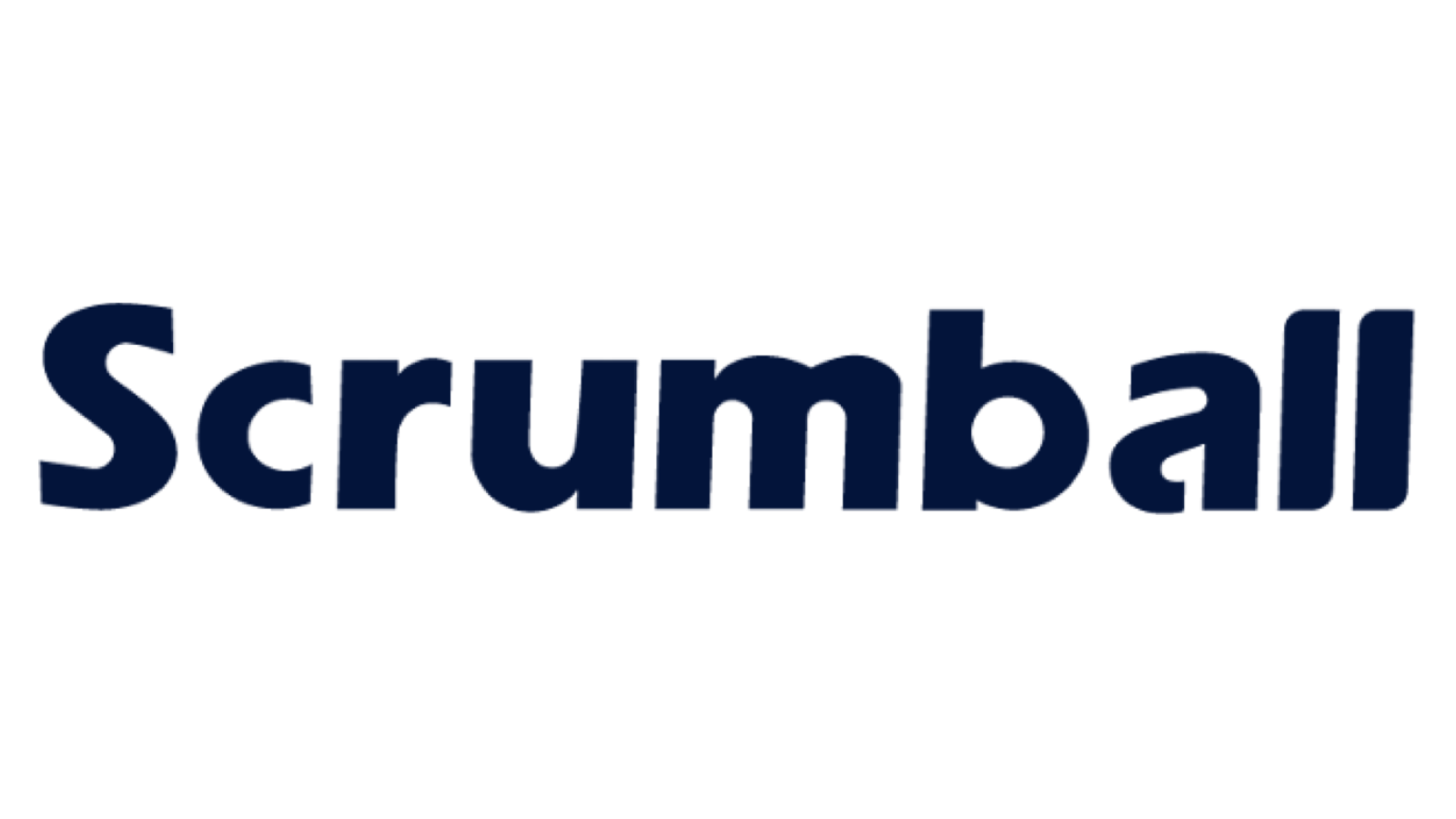How to Streamline Marketing Campaigns with the Best Tools in 2025

In 2025, staying competitive means finding smarter ways to streamline your business. Marketing campaign management tools are no longer optional—they’re essential. These tools simplify your processes, helping you save time and focus on what matters most: your customers. Did you know that 80% of consumers value their experience as much as the product itself? By using centralized data and automation, you can deliver personalized offers and consistent communication. This approach not only boosts efficiency but also strengthens customer loyalty, ensuring your business thrives in a fast-paced digital world.
Why Streamlining Marketing Campaigns is Crucial in 2025
Save Time and Resources
Automating repetitive tasks
Repetitive tasks like email scheduling, social media posting, and data entry consume valuable time. By automating these processes, you can free up your team to focus on strategic activities like campaign planning and creative content development. For example, automating email marketing not only reduces manual effort but also improves the quality of your campaigns. This shift allows your team to innovate and deliver better results while saving significant time and resources.
Reducing manual errors
Manual processes often lead to costly mistakes, from sending emails to the wrong audience to mismanaging campaign budgets. Automation minimizes these errors by ensuring accuracy and consistency. With fewer mistakes, you can allocate resources more effectively and maintain trust with your customers. In a competitive market, precision is key to staying ahead.
Improve Campaign Efficiency
Centralized data management
Managing data across multiple platforms can be chaotic. Centralized data systems simplify this by consolidating all your marketing information in one place. This approach helps your team focus on growth rather than wasting time on data preparation. It also ensures consistency in your campaigns, enhances decision-making, and saves both time and money.
Faster decision-making with real-time insights
Real-time insights empower you to make quick, informed decisions. Companies like Spotify and Zara use real-time data to personalize customer experiences and respond to trends instantly. Whether it’s adjusting your promotional strategy or identifying emerging opportunities, real-time insights give you the agility to stay competitive.
Enhance Customer Relationships
Personalized marketing at scale
Advancements in machine learning now allow you to deliver personalized content to millions of customers simultaneously. For instance, a sporting goods store can analyze a customer’s browsing history to recommend tailored products and training plans. This level of personalization strengthens relationships and drives loyalty.
“91.9% of organizations reported measurable value from their data and analytics investments in 2023.”
Consistent communication across channels
Multichannel marketing tools ensure your messaging remains cohesive across platforms. These tools connect inbound and outbound campaigns, allowing customers to interact with your brand seamlessly. By maintaining a unified message, you create a consistent experience that builds trust and reinforces your brand identity.
Top Marketing Campaign Management Tools for 2025

Tools for Centralized Campaign Management
Trello: Visual task management and progress tracking
Trello simplifies campaign planning with its intuitive Kanban boards. You can visually organize tasks, track progress in real-time, and ensure every team member stays aligned. Its timeline feature helps you map out sprints and visualize how tasks connect, making it easier to meet deadlines. Whether you're managing a product launch or a seasonal promotion, Trello keeps your marketing campaign management tools streamlined and effective.
Asana: Streamlined project organization and collaboration
Asana takes collaboration to the next level. Its project management features let you create tasks, set milestones, and break down complex campaigns into manageable steps. The Files View organizes all attachments in one place, so you never waste time searching for documents. With the Teammate View, you can monitor workloads and ensure balanced task distribution. These features make Asana one of the most versatile marketing management tools for teams of any size.
Tools for Analytics and Performance Tracking
Google Analytics: Comprehensive website and campaign insights
Google Analytics provides unmatched insights into user behavior. You can track segmented traffic reports, analyze mobile versus desktop usage, and understand how visitors interact with your site. These insights help you refine your campaigns and allocate resources effectively. For broader website performance metrics, Google Analytics remains an indispensable tool in your marketing toolkit.
HubSpot: Integrated analytics and marketing automation
HubSpot excels in tracking leads and conversion funnels. It offers customer journey insights and contact-level reporting, giving you a deeper understanding of your audience. While it may not match Google Analytics in tracking overall visitor interactions, it shines in automating workflows and nurturing leads. Using both tools together provides a comprehensive view of your campaigns and customers.
Tools for Customer Engagement and Communication
Salesforce: Advanced CRM for personalized customer interactions
Salesforce empowers you to deliver tailored experiences. Its CRM capabilities allow you to segment email lists, automate sequences, and create personalized content. You can also analyze campaign performance directly within the platform, ensuring your efforts resonate with your customers. By leveraging Salesforce, you strengthen relationships and build long-term loyalty.
Mailchimp: Email marketing and automation for small businesses
Mailchimp simplifies email marketing with its user-friendly interface. You can create personalized campaigns based on customer behavior and automate follow-ups to nurture leads. Its performance metrics, including open rates and conversions, help you measure success and optimize future campaigns. For small businesses, Mailchimp is a cost-effective way to engage customers and drive results.
Pro Tip: Combining tools like Salesforce and Mailchimp can maximize your customer engagement strategy. Use Salesforce for advanced segmentation and Mailchimp for creative execution.
Tools for Social Media and Content Scheduling
Hootsuite: Social media scheduling and management
Managing multiple social media platforms can feel overwhelming. Hootsuite simplifies this process by letting you schedule posts across all your accounts in one place. You can plan weeks or even months of content in advance, ensuring your campaigns stay consistent and stress-free. Its content calendar feature provides a clear overview of your posting schedule, helping you stay organized and on track.
Hootsuite’s analytics tools take your strategy to the next level. They reveal which posts perform best, allowing you to refine your approach for better results. You can track real-time engagement, identify trends, and adjust your campaigns to maximize impact. This data-driven approach ensures your content resonates with your audience and strengthens your brand presence.
Tip: Use Hootsuite’s bulk scheduling feature to save time and focus on creating high-quality content.
Buffer: Simplified content scheduling and analytics
Buffer offers an intuitive interface that makes social media scheduling effortless. You can plan posts for platforms like Instagram, Twitter, and LinkedIn with just a few clicks. Its scheduling tool analyzes the best times to post, ensuring your content reaches your audience when they’re most active. This feature boosts engagement and helps you connect with your followers more effectively.
Buffer also provides powerful analytics to measure your success. It tracks metrics like clicks, shares, and comments, giving you insights into what works and what doesn’t. With this information, you can fine-tune your strategy and create content that drives results.
Both Hootsuite and Buffer empower you to manage your social media campaigns efficiently. They eliminate the chaos of last-minute posting and help you build stronger relationships with your audience. By leveraging these tools, you can stay ahead in the competitive world of digital marketing.
Pro Tip: Combine Buffer’s optimal posting times with Hootsuite’s analytics to create a winning social media strategy.
How Marketing Management Tools Drive Business Growth

Actionable Insights for Better Decision-Making
Leveraging data to refine strategies
Marketing tools give you access to valuable data that can transform your strategies. By analyzing customer behavior, you can identify what works and what doesn’t. For example, AI content automation tools can track how customers interact with your campaigns, helping you adjust your approach for better results. These insights allow you to refine your marketing workflows, ensuring every effort aligns with your goals. With the right tools, you can make data-driven decisions that improve your customer experience and drive growth.
Predicting trends and customer behavior
AI content automation tools excel at predicting trends and customer behavior. They analyze patterns in real-time, enabling you to anticipate what your audience wants. For instance, tools that integrate with your SEO workflow can highlight emerging keywords, helping you stay ahead of competitors. Predictive analytics also allow you to tailor your content creation workflow to meet future demands, ensuring your campaigns remain relevant and impactful.
Scaling Marketing Efforts Without Increasing Costs
Automating workflows for scalability
Automated marketing tools streamline your marketing workflows, making it easier to scale without adding costs. Automation reduces the workload on your team, allowing them to focus on strategic tasks. It can replace repetitive tasks like email marketing workflow management, freeing up resources for innovation. A survey revealed that automation could handle the workload of 50 employees, significantly enhancing productivity. By automating your social media workflow and other processes, you can achieve more with less effort.
Optimizing ROI with targeted campaigns
Targeted campaigns maximize your return on investment by focusing on specific audience segments. Using AI content automation, you can create personalized offers that resonate with your customers. Audience segmentation improves engagement and conversion rates, while A/B testing identifies the most effective strategies. Retargeting campaigns and cross-channel integration further enhance your ROI by keeping your brand top of mind. These methods ensure your marketing workflows deliver measurable results.
Building Stronger Customer Relationships
Delivering personalized experiences
Personalization is key to building better customer relationships. Marketing tools help you collect and analyze data from various touchpoints, enabling you to deliver tailored experiences. AI content automation can recommend products based on browsing history or create dynamic content that adapts to individual preferences. Testing and optimizing your campaigns ensures they meet customer expectations, improving satisfaction and retention. Personalized experiences strengthen your relationships and foster loyalty.
Strengthening brand loyalty through consistent engagement
Consistent engagement builds trust and loyalty. Marketing tools enable you to maintain a cohesive message across channels, ensuring your customers receive a seamless experience. Social media workflow tools help you interact directly with your audience, fostering stronger connections. Rewarding loyalty through programs or exclusive offers further enhances your relationships. By using these customer engagement methods, you can create a community around your brand and drive long-term success.
Streamlining your marketing campaigns in 2025 is no longer optional—it’s essential for staying competitive. By adopting feature-rich, scalable, and user-friendly tools, you can save time, reduce errors, and improve customer engagement. Start by defining your needs and testing tools through pilot implementations to ensure they align with your goals. Choose solutions that integrate seamlessly into your existing systems and deliver long-term ROI. These tools empower you to focus on strategy, drive growth, and build stronger customer relationships. Don’t wait—embrace the right tools today to secure your edge in the market.
FAQ
What are the key benefits of using marketing tools in 2025?
Marketing tools save time, reduce errors, and improve efficiency. They help you automate repetitive tasks, analyze data for better decisions, and personalize customer experiences. These tools streamline your campaigns, allowing you to focus on strategy and growth.
How do I choose the right marketing tool for my business?
Start by identifying your goals and challenges. Look for tools that align with your needs, integrate with your current systems, and offer scalability. Test them through free trials or demos to ensure they fit your workflow.
Tip: Prioritize tools with user-friendly interfaces and strong customer support.
Can small businesses afford advanced marketing tools?
Yes! Many tools, like Mailchimp and Buffer, offer affordable plans tailored for small businesses. These solutions provide essential features without breaking your budget, helping you compete with larger companies.
Pro Tip: Start with free or low-cost versions and upgrade as your business grows.
How do marketing tools improve customer relationships?
They enable you to deliver personalized experiences and maintain consistent communication. Tools like Salesforce and HubSpot help you track customer interactions, segment audiences, and create tailored campaigns. This builds trust and loyalty over time.
Are marketing tools difficult to implement?
Most modern tools are designed for easy setup. Many offer tutorials, templates, and customer support to guide you. Start small, implement one tool at a time, and gradually expand as you become comfortable.
Note: Choose tools with strong onboarding resources to simplify the process.
See Also
15 Essential Influencer Marketing Platforms For 2024 Success
Key Influencer Marketing Trends To Follow This Year
Effective TikTok Influencer Marketing Techniques For 2024
5 Must-See Examples Of Influencer Marketing Briefs
Practical Influencer Marketing Statistics For Better Strategies
